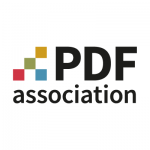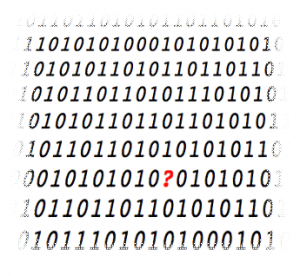
PDF in legal: now and the future
As a fixed-format electronic record PDF has no real competition, but few law-firms systematically leverage PDF to reduce risks and help everyone work as a team.
 As with the financial services industry, its hard to imagine the modern attorney without a hard-drive full of PDF files. Some things, however, havent changed too much. Lawyers are still swamped with stacks of OPD (Other Peoples Documents). They are, of course, also prolific document generators themselves.
As with the financial services industry, its hard to imagine the modern attorney without a hard-drive full of PDF files. Some things, however, havent changed too much. Lawyers are still swamped with stacks of OPD (Other Peoples Documents). They are, of course, also prolific document generators themselves.
The legal industry uses PDF because its both flexible and permanent. How did PDF fit in so neatly? Its because PDF has a unique mix of capabilities.
- Any scanner, or any software that can print can make a PDF
- PDF pages are self-contained; any PDF page may be collated with any other PDF page
- PDF documents are searchable
- PDF documents look the same way across town or after years
- PDF files are smaller than source-files
- Viewing PDF files is free
Portable Document Format technology has been around for 21 years; attorneys all over the world depend on it everyday. As a fixed-format electronic record it has no equal, but few law-firms systematically leverage the power of PDF to help everyone work as a team.
Where will PDF go from here?
The US Courts, the US Library of Congress and the National Archives were among the first organizations to call for development of a standardized quality-control model for PDF. Nonetheless, it was in Europe, following the 2005 publication of PDF/A, that the revolution in electronic archiving first took off.
Today, PDF/A is an accepted best-practice for long-term document retention; failure to use PDF/A is increasingly understood as a failure to follow due care in ensuring high-value documents are readable. The US Courts are slowly transitioning to require submissions be in PDF/A form. This trend should be expected to continue to include state courts and regulators. Due to the potential of PDF/A for reducing risk, it may be implemented to manage documents transacted between businesses as well.
PDF technology is much more than a reliable printable page. How else will PDF affect the legal industry?
Progressive elimination of paper: PDF serves uniquely well as electronic paper, in part because PDFs can reliably become paper documents, and vice-versa. Over time, expect more PDF files and less paper.
Identity and authentication: With digital signature technology, attorneys and their clients can enjoy increased security in electronic communications, including tamper-proofing, proof of authorship and a mechanism for revocation, time-stamping, version-control and more.
Discovery: From email to CAD files and more, PDF documents are the natural format of record, but the original often remains important. The 3rd part of PDF/A provides a hybrid solution in which an archival-quality rendering serves as the container for files of non-archival types.
Achieving Americans with Disabilities Act (ADA) compliance: Tagged PDF technology contributes towards ADA compliance obligations for accessible electronic documents.
To learn more about what PDF technology can do, attend PDF Day, December 10 in Washington DC and December 11 in New York City




